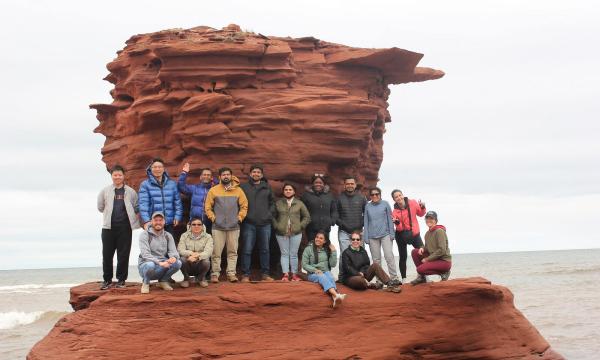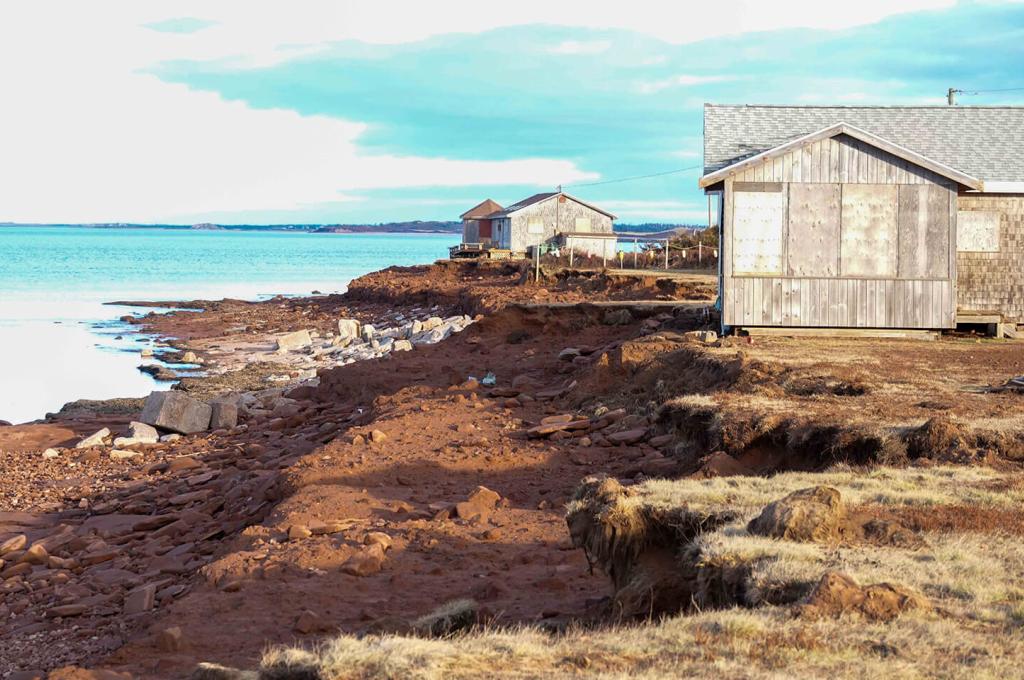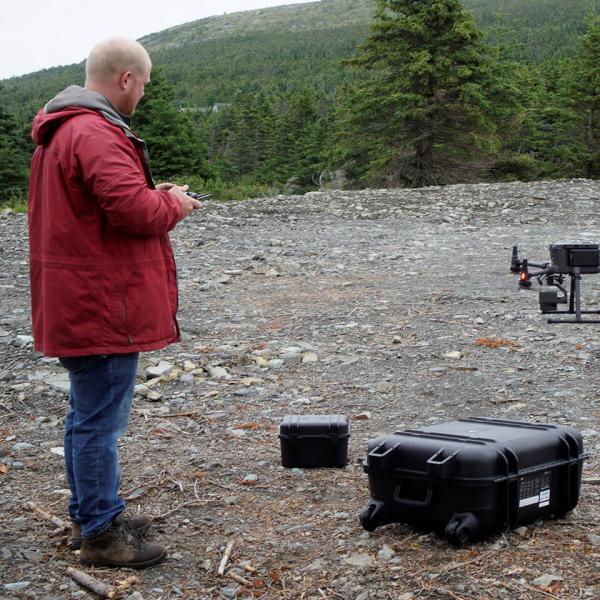Prince Edward Island is shrinking faster than ever predicted, losing an average of 30 centimetres of coastline a year. Just five years ago, that average stood at 28 centimetres. Parts of the island have recently seen up to five metres of shoreline washed away in a single year.
Such dramatic loss of land mass — precipitated by climate change-induced heavy precipitation, storm surges and rising sea levels — is lending urgency to Xander Wang’s research. A professor in the School of Climate Change and Adaptation at the University of Prince Edward Island and the director of its Climate Smart Lab, Wang has turned his research focus to finding ways to protect the island from severe coastal erosion and build more climate-resilient communities. This is one of the most critical concerns for residents, especially since hurricane Fiona redrew much of P.E.I.’s sandy shoreline in September 2022, damaging about five percent of its coastal land cover in a matter of hours.

With new funding from the CFI’s Innovation Fund, Wang and his research team are working on a province-wide system to monitor and model coastal and flooding hazards. They will also test coastal protection measures, from nature-based (such as planting vegetation) to engineering-based solutions (such as building seawalls). With plans to include 360-degree cameras to record storms in real time and an indoor facility to test protective measures in a simulated coastal environment, the system would be the only one of its kind in Canada.
“At the moment there is no systematic testing,” explains Wang. “People may not realize the long-term effects of importing hard rock from other provinces to build up shorelines to prevent erosion or that in some topographies, nature-based solutions don’t work. It’s very important to provide science-based solutions so that people can make good decisions.”
The key, he adds, is to prepare for future changes to P.E.I.’s coastline. His team will look at how best to protect existing waterfront homes and critical infrastructure, such as harbours, and will produce guidelines for future development and long-term adaptation to coastal hazards in vulnerable areas for decision makers and residents.

Return to the collection called “The power to transform”







